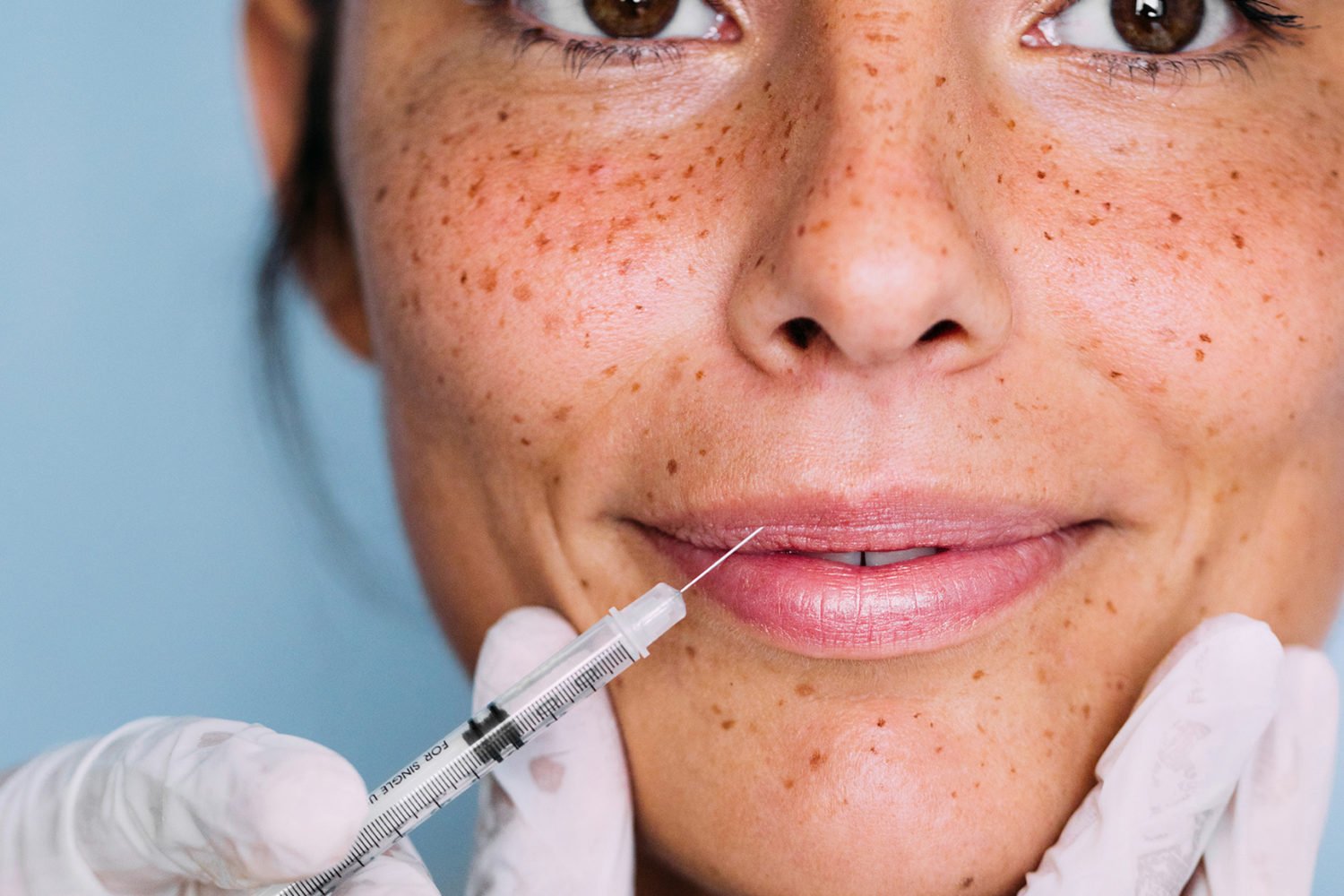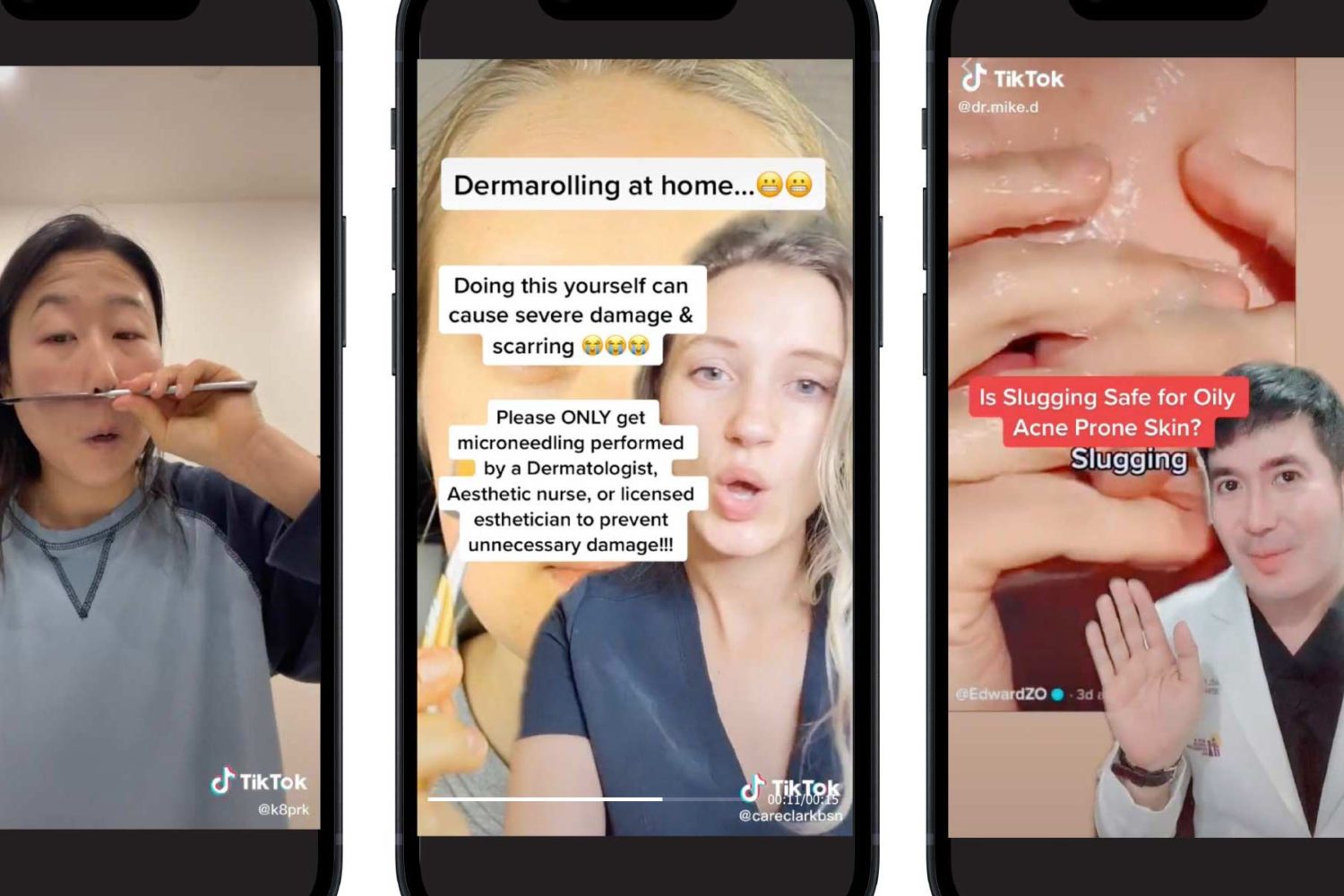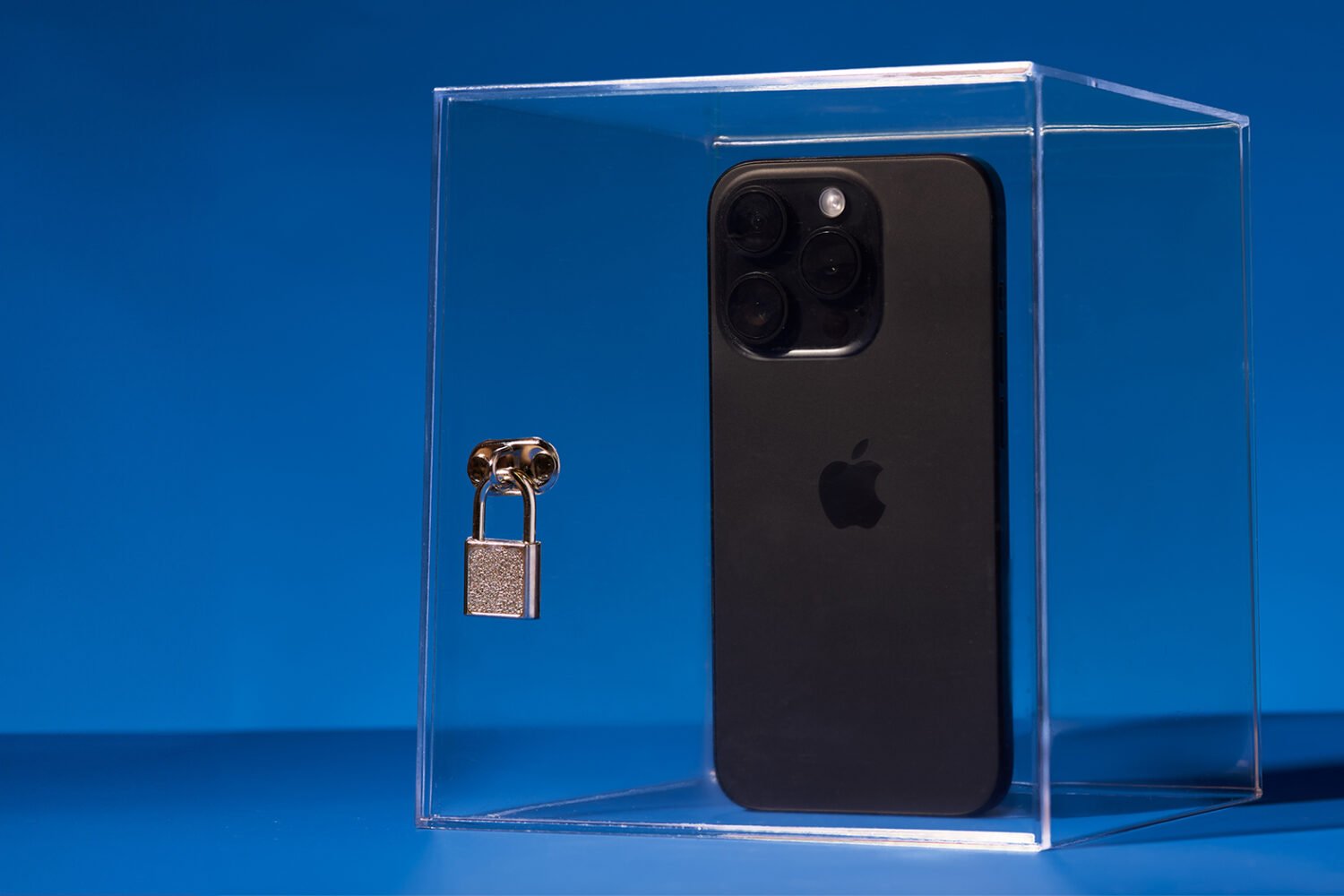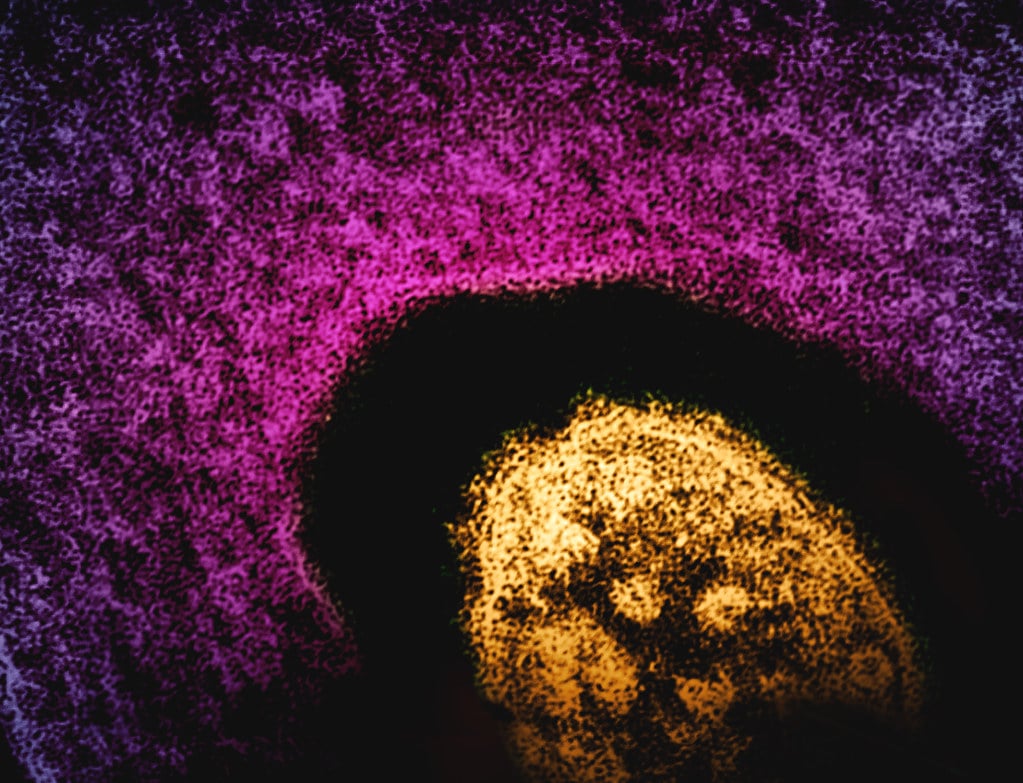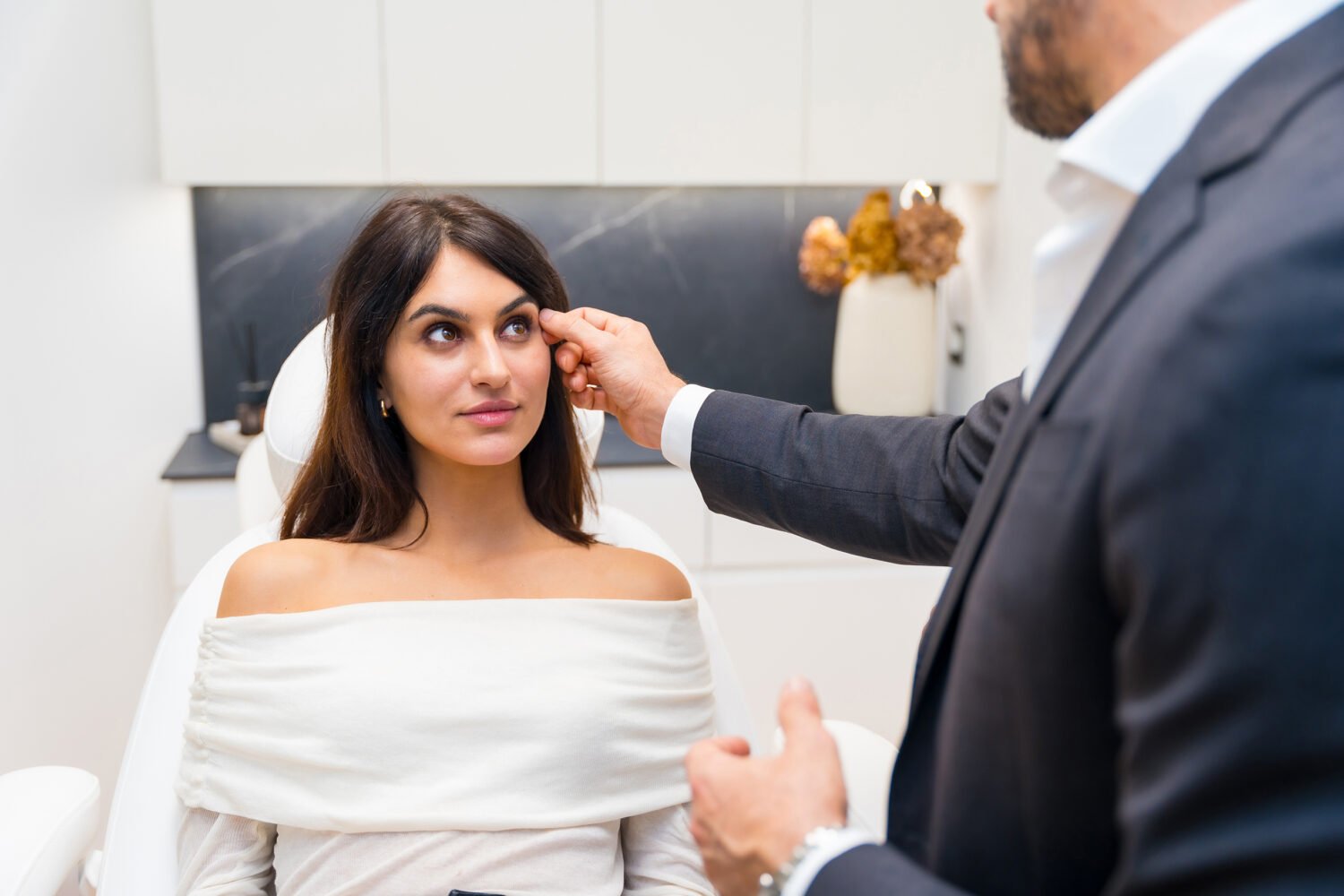Ah, the 1970s—that carefree, golden age of bronzed skin and Coppertone ads promising “the tan people notice.” Fast-forward 40 years, and we now know not only that there’s no such thing as a “healthy tan” but also how dangerous tanning is, with rates of melanoma—the deadliest form of skin cancer—almost tripling from 1975 to 2015. And while suntan lotion is out and sunscreen is in, that doesn’t mean your skin forgot about all those oiled-up days by the pool—or will forgive you for continually baking in the sun even while wearing SPF 50.
“Every time you tan, you’re damaging your skin, you’re increasing your risk for skin cancer, you’re aging your skin,” says Dale Isaacson, a dermatologist in downtown DC.
The good news is that treatments can undo some of the harm caused by the sun, which is called photodamage and might include wrinkles, roughness, or unwanted pigmentation. The caveat: Skin damage can result from many factors, including age and lifestyle choices such as smoking, so the type and duration of treatment are going to vary.
Here are the latest options to smooth your skin, treat spots, and prevent future sun damage—whether you want to visit a doctor’s office, slather on a serum, or try glitter sunscreen (yes, that’s a thing).
Needling Away Sun Damage
While it might seem like the latest fad in skin care, microneedling traces its roots to China centuries ago, where the idea of piercing the skin as a treatment began as acupuncture. Using hair-like needles to puncture the face is “basically like aerating a lawn,” says Isaacson. “You’re taking a pen-like device that has teeny-weeny needles that penetrate the skin at various depths. It’s gyrating 1,000 times per minute, putting little puncture holes all over the face. Then your body perceives those as wounds and heals them like it would a scraped knee.”
The needles pierce the outermost layer of the epidermis, prompting cells called fibroblasts to flood the wound and turn into collagen, plumping out fine lines while tightening pores, which can grow larger from sun exposure due to collagen breakdown on their edges. Microneedling is also beneficial for brown spots, says Isaacson—over time, a treated spot disappears, revealing new, unblemished skin underneath.
Downtime is minimal, with most patients experiencing redness for two to four days; some heal in as little as 24 hours. Results continue to improve over six months as collagen production proceeds. Some patients need only one 15-minute session, while others require a few—it depends on the degree of damage.
To really up the glow, Isaacson’s office now combines microneedling with a platelet-rich plasma (PRP) treatment. Platelets—which make up the blood along with white and red blood cells—are rich in growth factors that further stimulate collagen production. Isaacson draws a patient’s blood and spins it in a centrifuge. This causes the PRP to rise to the top; once separated, it’s slathered on a patient’s face before microneedling. According to Isaacson, using PRP with microneedling increases collagen production by 40 percent, more than microneedling alone.
Full-face microneedling costs $400 per treatment; with PRP added, it’s $700.
Lasers: Popular for a Reason
They might not be the new kids on the block, but lasers remain popular for one reason: They work. Whereas older lasers used to leave a face a “raw, bloody mess” for up to two weeks, says Isaacson, “nowadays, people don’t want the downtime.”
Lasers work by turning wavelengths of light energy into heat, which penetrates the skin and stimulates cells to produce collagen. Isaacson uses the Fraxel Dual laser system, which was FDA-approved in 2013 and targets sun-damaged skin. It’s actually two lasers in one—by adjusting its wavelengths, a dermatologist can treat fine lines, wrinkles, or pigmentation. The 1927 wavelength hits the surface layers of skin, making it good for pigmentation, says Chicky Dadlani, a dermatologist in McLean who considers the Fraxel Dual “the best” for sun damage. While the 1927 treats the superficial layer of the skin, the 1550 wavelength more deeply penetrates to stimulate collagen and fill lines and wrinkles.
Some people experience redness or swelling for the first two days. Dadlani suggests that those who need to put on cosmetics use mineral makeup, which doesn’t clog pores. After four or five days, a layer of skin will shed. Depending on the area treated, sessions last at least 15 minutes. The cost ranges from $1,000 to $1,500, depending on the office and number of visits. It usually takes five to six treatments to see results with fine lines and wrinkles; for pigmentation, it’s one to two.
For twentysomething skin that’s showing early, milder signs of sun damage, Chevy Chase dermatologist Elizabeth Tanzi uses Clear & Brilliant, a collagen-stimulating laser that’s gentler and targets texture and pore size. Treatments last less than an hour, and downtime is minimal—makeup can be applied immediately. One session typically costs $400 to $500, and Tanzi recommends getting one every three to six months. “With collagen-stimulating laser treatments, it’s best to have them done on a regular basis to keep the skin cells active and creating collagen,” she says. For stronger lasers like the Fraxel Dual, she suggests treatments every one or two years.
Another result of repeated sun exposure is broken blood vessels, caused when the sun degrades the supportive layers of skin around the blood vessels, particularly on the nose and cheeks. With less support, they break, or dilate. Isaacson uses the Cutera Excel V Laser, a device that zaps broken blood vessels with heat, causing the vein walls to collapse and seal shut. Some patients see results in one treatment, which costs $750; others need multiple sessions, depending on severity.
Fixes in the Drugstore Aisle
A drugstore’s skin-care section can be an overwhelming onslaught of creams, serums, and lotions, all promising to tighten, tone, and make you look 20 again. According to Tanzi, you need just three staples in your arsenal: antioxidants, retinol, and glycolics.
For daytime, she suggests a product with antioxidants C and E. Her favorites combine vitamin C, which helps with pigmentation and collagen production; vitamin E, which helps slow cell aging; and ferulic acid, found in nuts and apple seeds. Ferulic acid fights free radicals while stabilizing vitamin C, which is “notoriously unstable in topical environments,” Tanzi says. She recommends SkinCeuticals C E Ferulic Combination Antioxidant Treatment ($166).
At night, Tanzi suggests alternating a retinol product with one containing glycolic acid, which belongs to the family of acids known as alpha-hydroxys. Because it’s the smallest acid of the bunch, it’s the most effective—it can penetrate the outer layers of skin, dissolving bonds to gently slough away dead cells. “Glycolic acids are best for correction of dull, discolored skin and enlarged pores,” says Tanzi, who adds that they help refine the skin, which becomes less luminous with age as skin-cell turnover slows. Glycolic acid can be delivered not only in creams and lotions but also via pads, such as those from Malin & Goetz ($52).
Retinol, a derivative of vitamin A, was once available only as prescription-strength Retin-A. Now over-the-counter products contain large amounts of retinol and can deliver “really nice results,” says Tanzi.
The drawback is that such quantities can lead to dryness and irritation, says Isaacson. Regardless, he’s a fan of retinol’s collagen-stimulating properties and has also seen it diminish brown spots over time. Longstanding brands such as Neutrogena offer a variety of retinol products, including Healthy Skin Anti-Wrinkle Night Cream ($16).
While products have become more sophisticated and potent, remember that there’s no over-the-counter miracle. A product like Retin-A is “the gold standard because we know for a fact that it does stimulate collagen and reduce fine lines,” says Tanzi. You’ll just need a prescription.
This article appeared in the July 2018 issue of Washingtonian.








